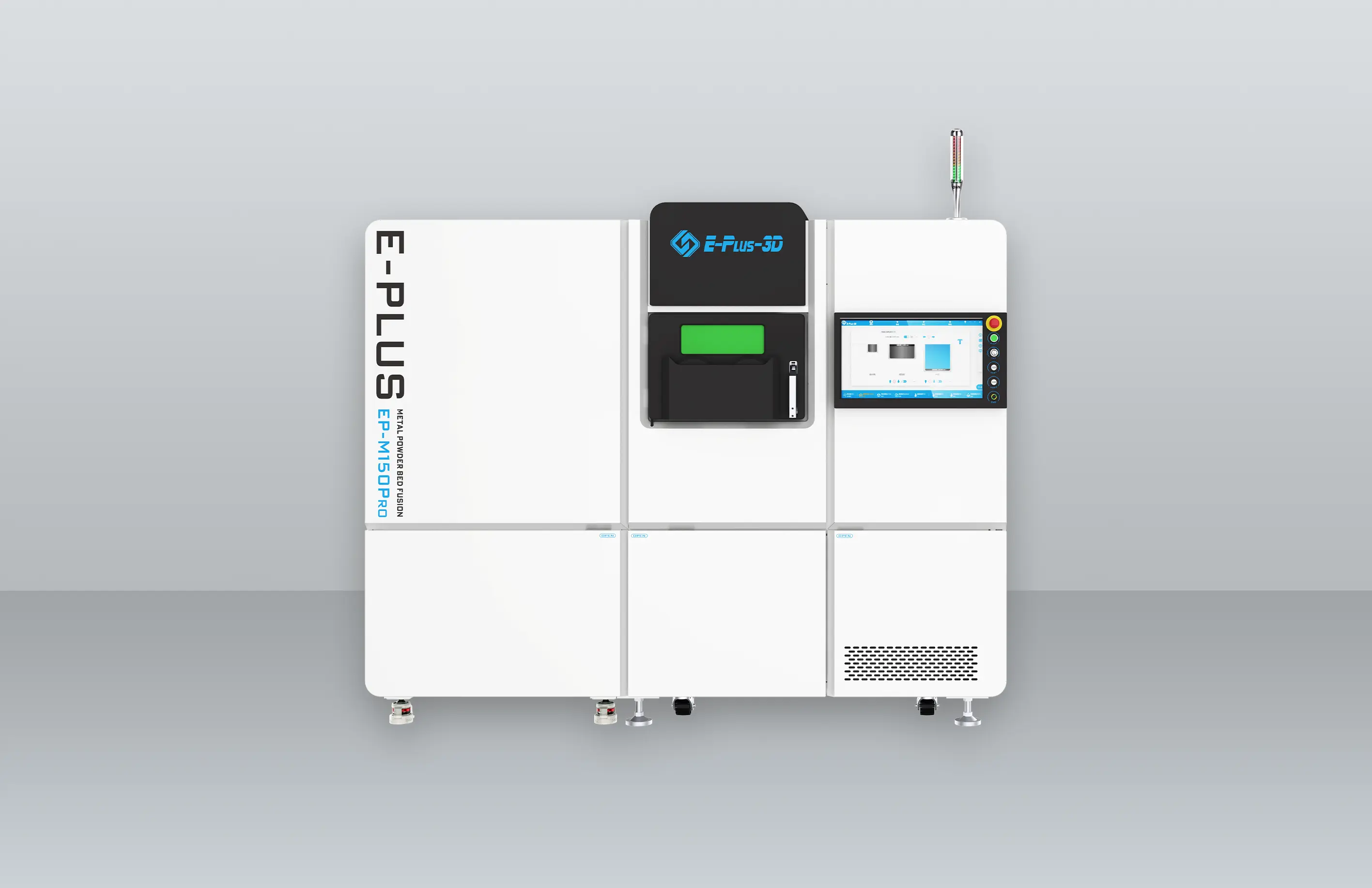Ⅰ. Printing operation of selective laser sintering
1. Printing
The powder will go in a thin layer on the platform at the top of the powder canister. The printer will preheat the powder to a temperature slightly below the melting point of the raw material, making it easier for the laser to locate specific areas as it tracks the model to cure the part.
The laser scans a cross-section of the 3D model and heats the powder to just below the melting point or exactly equal to the melting point. These particles are sintered and fused to further form a solid part. The unsintered powder serves as a support for the object during the printing process, so no special support structure is required.
The platform then places a layer into a can of molding powder, approximately 50-200 microns, and then continues to repeat the process until the object is complete.
2. Cooling
After printing is complete, the molding powder canister needs to be cooled slightly inside and outside the printer to ensure the best mechanical properties and avoid warping of the part.
3. Post-processing
The finished product is removed from the molding powder tank, separated, and excess powder is removed. The powder can be recycled, and the object can be further post-treated by sandblasters and other equipment.
Ⅱ. Selective laser sintering materials
The most common selective laser sintering materials is nylon. Nylon is a popular engineering thermoplastic because it is lightweight, strong and flexible. Nylon is stable to impact, chemicals, heat, UV, water and dirt, making it ideal for rapid prototyping and production.
Nylon is a synthetic thermoplastic polymer that belongs to the polyamide family. nylons commonly used in SLS are nylon 11 and nylon 12, or PA11 and PA12. PA stands for polyamide, a number that represents the number of carbon atoms in the material. The two are similar in selective laser sintering materials properties. pa11 is more flexible and impact resistant, while pa12 is stronger, more wear resistant and more biocompatible.
III. Printing characteristics of selective laser sintering
A typical selective laser sintered printed part has a porosity of about 30%. The porosity gives the SLS part a unique particle surface finish. It also means that SLS parts can absorb water, so they can be easily dyed in a hot water bath in a variety of colors, and require special post-treatment if they are to be used in a humid environment.
IV. Applications of selective laser sintering printing
1. Rapid prototyping: SLS process can quickly manufacture models, thus shortening the time from design to see the finished product, allowing customers to see the prototype of the final product more quickly and intuitively.
2. The preparation of new selective laser sintering materials and research and development: SLS technology can be used to develop some emerging powder particles and improve the strength of composite materials.
3. Small batch and special parts manufacturing and processing: in meeting the manufacturing requirements of some small batch and special parts, the cost of manufacturing by traditional methods is often higher, the use of selective laser sintering technology to quickly and effectively solve this problem, thereby reducing costs.
4. Rapid mold and tool manufacturing: with the improvement of the process level, SLS 3D printing manufactured parts can be used directly as a mold.
5. Reverse engineering: using 3D scanning technology and other technologies, using SLS 3D printing technology, you can process the original parts without drawings and CAD models, and build prototype CAD models based on the final parts to achieve reverse engineering applications.
6. Medical applications: the parts manufactured by SLS process have a certain degree of porosity and can be used to manufacture artificial bone. Clinical studies have shown that the artificial bone has good biocompatibility.























